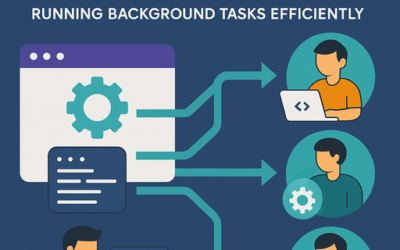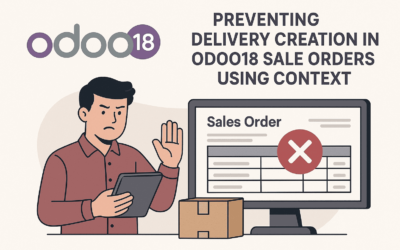KTree Secures Property Tech Project with Dubai Real Estate Company KTree Logo Industry News KTree Secures Property Tech Project with Dubai Real Estate Company New Enterprise Project Set to Transform Dubai's Property Management Landscape Published: July 2025 🏗️ Project...
Creating Sequences Dynamically for documents, When a Company Is Created in Odoo 18
In Odoo, sequences are used to generate unique identifiers for various documents such as orders, invoices, and quotations. While Odoo allows you to manually configure sequences, it’s often necessary to create default sequences dynamically, especially when dealing with...
Multithreading in Odoo18: Running Background Tasks Efficiently
Introduction Odoo operates in a single-threaded environment, meaning that all processes execute sequentially. However, some operations, such as long-running computations, API calls, and large data imports, can block the system and slow down user interactions....
Creating Custom Pages in Odoo 18 Using Controllers and XML
Introduction Odoo provides a powerful framework for creating custom web pages through a combination of controllers (Python) and templates (XML). This article demonstrates how to create a custom web form in Odoo 18 using a real-world example: a Real Estate Channel...
Preventing Delivery Creation in Odoo18 Sale Orders Using Context
Understanding the Default Behavior: In Odoo, the default behavior upon confirming a sale order is the automatic creation of a delivery order (picking) for the associated products. This process is facilitated by the stock rules mechanism, and the delivery is triggered...
Odoo 18 OWL Framework Tutorial: Building a Product Color Selector Beginners Guide
OWL (Odoo Web Library) is Odoo’s modern web framework for building user interface components. It’s a lightweight, component-based framework that provides:




